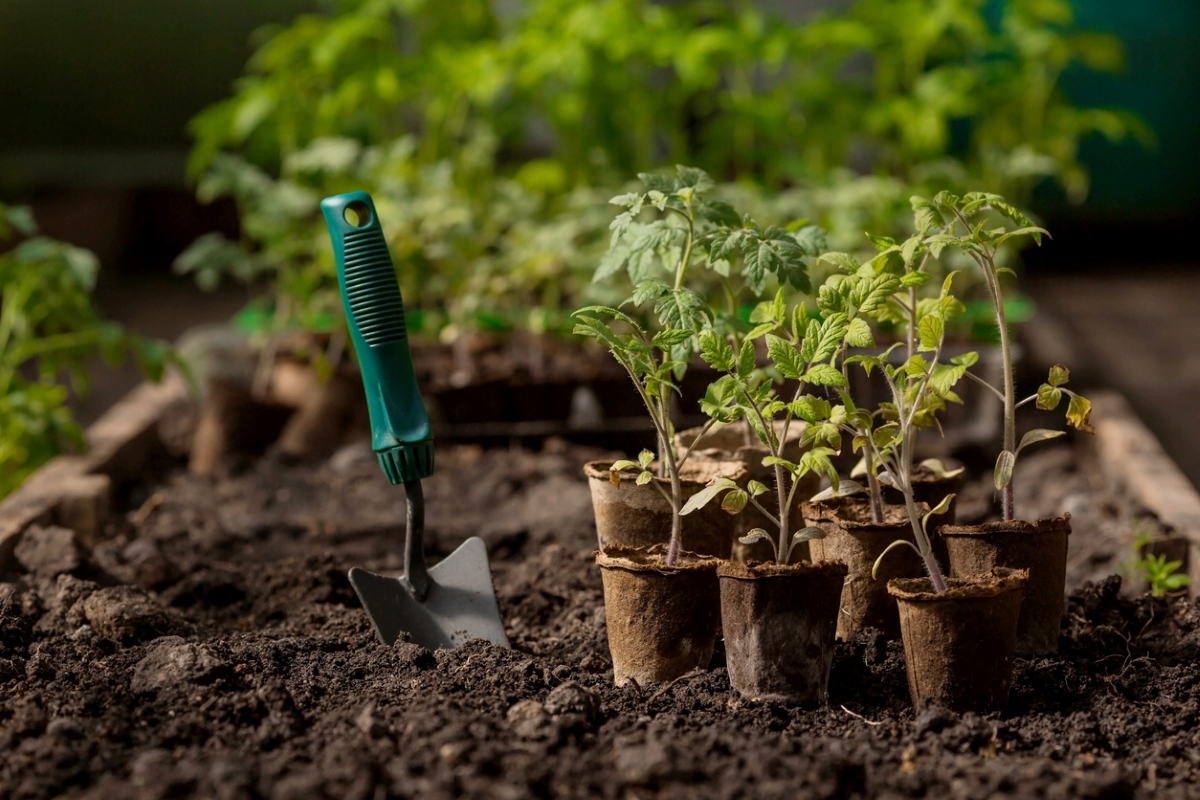We may earn revenue from the products available on this page and participate in affiliate programs. Learn More ›
So, you missed the boat on starting your vegetable garden back in spring. Is it too late to plant a garden now that will be ready for harvest come fall or winter? Maybe not! Whether you’re hoping to start from scratch or squeeze in a second planting, there are some key things to keep in mind about late-season planting.
The general advice for gardeners is to get their crops in the ground by the end of June at the latest, but that doesn’t mean you should give up hope now that it’s July. There’s some wiggle room for planting late in the season, depending on your hardiness zone and how strategic you are about what goes in the ground.
If you’re looking to start planting your garden later than usual this year, follow these four tips.
RELATED: 20 Plants That Thrive Even When Temperatures Rise
1. Select the right crops now.
Timing the seasons right is always an important factor with planting, but there are some crops that still grow in cooler weather. Keep your expectations in check: Cooler fall weather causes vegetables to grow a bit slower, which means they may be smaller when it’s time to pick them.
The types of crops that are best suited for a late summer gardening depends on your particular climate, so it helps to know your hardiness zone and first frost date. Look for plants that mature quickly, like beets, spinach, carrots, zucchini, cucumbers, and more. You also want to select crops that tolerate frost, like broccoli, parsnips, kale, scallions, and others.

2. Buy your plants or seeds in person.
While buying plants and seeds online is convenient, time is of the essence when planting late in the season. Shipping takes time. Instead, we recommend you hand-select the crops for your garden from a local store or plant nursery.
Determine which crops will work for your climate later in the season, and read labels to avoid purchasing plants that won’t last. Try to select plants with healthy foliage (no spots or yellowing leaves), and opt for smaller plants that will have an easier time adjusting to transplanting. Some nursery plants may have been sitting around for a while, so avoid specimens that have roots growing out of their container’s drainage holes, as this may be symptomatic of a root-bound plant.
RELATED: 19 Fall Gardening Practices That Will Protect and Enrich Your Soil in Winter
3. Plant in suitable soil.
Plant selection is important, but make sure you also consider the role your soil will play in whether or not the plants actually grow. If you’re planting in the summer, hot temperatures can roast your seeds and kill your late-season garden before it gets started.
Take care of your seeds and immature plants by placing them in shaded areas until they’re large enough to withstand the heat, and keep the soil moist and mulched to help the plants establish themselves. The quality of your soil matters, too; keep the soil rich in nutrients by using compost and organic fertilizer.

4. Make a plan to extend your gardening season.
You’re working with limited time, so finding ways to protect your plants and prolong the growing season helps give your crops a better chance to yield produce.
Before the first frost hits, you need a plan to keep your plants happy if they require a bit more time to mature. Colder weather puts plants at risk, but there are ways to protect your plants when the temperature dips: You can add insulation over the soil using natural ground covers, cold frames, or protective covers made of plastic or fabric that can be placed over the plants when the nights are cold and days are warmer. Additionally, plants can be potted and moved to a greenhouse or indoors for overwintering if you have the space.
RELATED: 7 Types of Plant Covers All Home Gardeners Should Know


